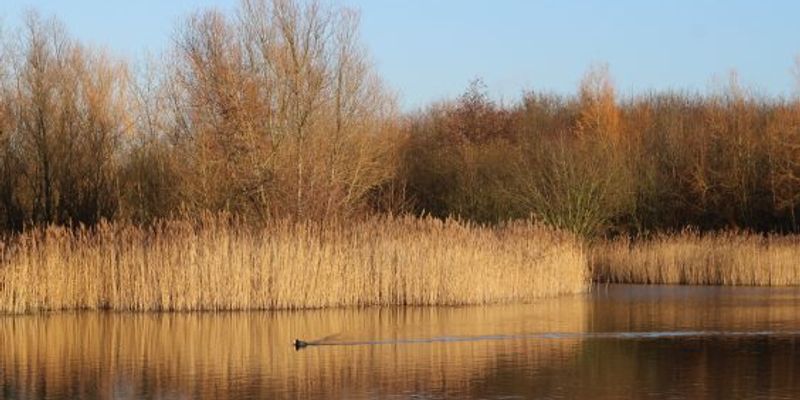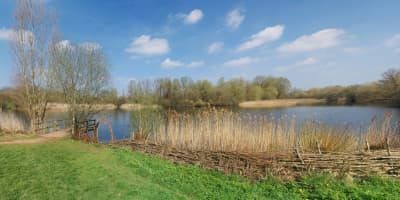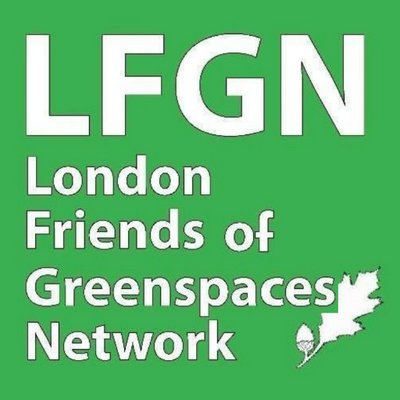Sarah-Jane Gregori is Communications Officer for the Bedfont Lakes Conservation Volunteers . She helps with the practical work, but also spends her spare time promoting the park and the actions of those improving and protecting it.
Her article (below) was originally written for the Greenspace Information for Greater London CIC (GiGL) newsletter, the GiGLer. It is reproduced here with their full permission, past newsletters can be viewed online.
When I visited the park for the first time in 2014, I had just moved to the area. I didn’t know anyone and living in a small flat I was sorely missing an outdoor space, so I’d brought my camera to photograph the lakes. I was crouching down by the reeds when I got mistaken for a furtive fisherman. The park management had recently made the decision to stop managing ‘the fishing lake’ but were encountering people determined to do it anyway. I got talking with the staff who’d come to reprimand me and was pointed toward the volunteer group, who happened to be building a new stag beetle log pile that day.
Encouraged by the successes of earlier working parties, the Bedfont Lakes Conservation Volunteers (BLCV) group was formed in 2008, and 12 years later a good portion of our regular members are still the same as those present at its inception. The BLCV group maintain the various habitats around the park, clear water channels between the lakes and keep the vegetation in check where necessary. A Site of Metropolitan Importance for Nature Conservation, the park contains grassy open spaces, lakes and ponds bordered by reedbeds, and wooded public and private nature reserves. We re-use materials cut in one area of the park, such as coppiced willow, to create fences or birdwatching screens in other parts of the park.
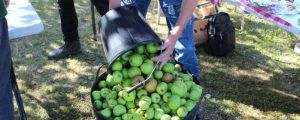
The history of the Bedfont Lakes is a fascinating story of ecological transformation. Before the 1990’s the lakes and greenery didn’t exist at all. Originally used for sand and gravel extraction, for around 20 years it was then a landfill for the waste of 50’s and 60’s London – at one time gaining notoriety as ‘the largest pile of rubbish in Europe’. The Chattern Hill Community Orchard, tucked away in the south portion of the site, is a tiny reminder of the area’s more romantic past as a farm and orchard which supplied the fruit markets of an early 20th century Covent Garden.
The landfill site was closed in 1973 but polluted water and waste remained. In 1988 it started its life as a country park as a planning condition for development of the surrounding area. In 1995 the park opened for the first time, and within five years it had earned Nature Reserve status and the first two of its 19 Green Flags to date.

Today, bitterns can be found in the reedbeds; although the average park visitor might mistake the bird’s low frequency ‘booming’ mating call for the sound of a phone vibrating in someone’s pocket. This important species was almost extinct in the UK 20 years ago, but has since moved from the Birds of Conservation Concern red list to the amber list. Common terns, which are also on the amber list, are return visitors to the country park and a large-scale project to create the artificial ‘Tern Island’ in 2010 has successfully provided a new nesting ground safe from mammal predators. In the first year of the island’s creation, 55 chicks were reared. Tern Island also provides a suitable habitat for little ringed plovers.
It’s really important for the park to be recorded in datasets like those managed by GiGL because, in a sense, being known means being protected. Knowing the history of the park reminds me just how recent it all is, and how fragile it could be. As the London Borough of Hounslow plans how to carry out its commitments to supply more affordable housing, records will be able to inform predictions of how the park might stand up to an increased visitor footfall.
Just 3km to the north, the proposed third runway at Heathrow presents massive ecological impacts on its surroundings. Other infrastructure planning proposes making the airport accessible by rail from the south with a new train station at Bedfont. A 2013 report by the London Borough of Hounslow cited “negative visual amenity impacts” as well as “noise impacts arising from rail operations”, but weighed these against improved access to Bedfont Lakes Country Park by public transport. Accurate environmental records will need to inform such planning decisions and local policy making so that hopefully all local residents can benefit.
I’m a big believer in people taking ownership of their environment. Besides from being a conservation volunteer, I’m also the group’s official communications person. I try to tell the story of the many hands which create and maintain the habitats found at Bedfont Lakes Country Park. Being part of GoParksLondon helps to spread awareness of the work we do to care for the park, and also connects us with other similar groups around southwest London. Gaining new volunteers is often all to do with visibility. Not everyone is in the right place at the right time like I was, which is another thing we hope our presence on the Big Green London Map will help with.

Whilst I can continue to sing the park’s ecological merits and tell you why I believe more people should care about their local environments, the real joy of Bedfont Lakes lies in the wide variety of reasons people come to the country park. Completing the submission to get the park onto the map was an exercise in thinking beyond my personal interests as a volunteer conservationist. Bird ringers come to update their records in the Private Nature Reserve, people gather on the large grassy fields to celebrate religious festivals, and the Saturday parkrun is popular year-round. The educational team run children’s activities to teach about local wildlife, including shelter building, mini-beasting, bat walks, camping nights, Easter egg hunts, and animal handling. Fire and Rescue, and a Newfoundland working dogs group, use the lakes (by arrangement) to train for water rescue. Having visibility through the map unifies the diverse interests the park represents.
As I’m writing this the UK is tentatively easing its way out of lockdown as a result of the global coronavirus pandemic. One thing the crisis has highlighted has been the role London’s green spaces play for the physical and mental health of its inhabitants. A place like Bedfont Lakes feels even more valuable now that life as we knew it has been upended.
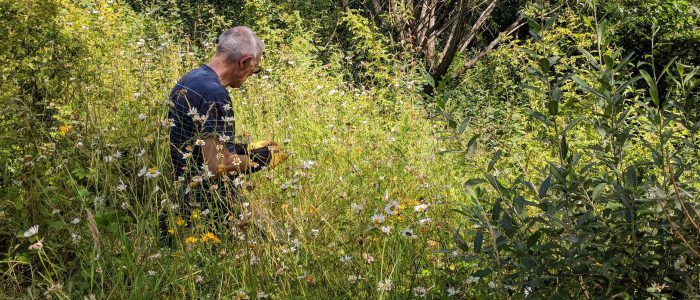
I still occasionally get mistaken for someone doggedly trying to fish in the lakes, for example early this year on a bright but bitterly chill January day, as I struggled through bracken to pick up litter, the rangers across the lakes couldn’t have recognised me with my hood pulled-up and my form bulked out by knitwear. But that day ended with a worthwhile result; one less bag’s worth of assorted bottles and crisp packets tangled among the reeds and one more bag’s worth going to be recycled. As the online popularity of challenges like #TrashTag have shown, everyone doing a little of their passion project goes a long way to achieving a good end for all. And that is BLCV’s enduring hope for the patch of green and blue we care for in a corner of this city.
